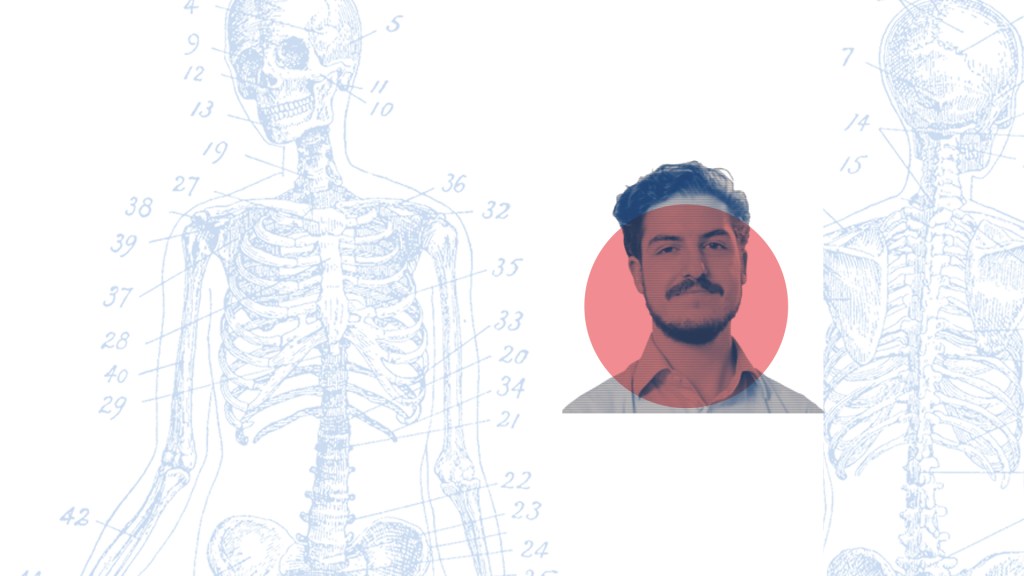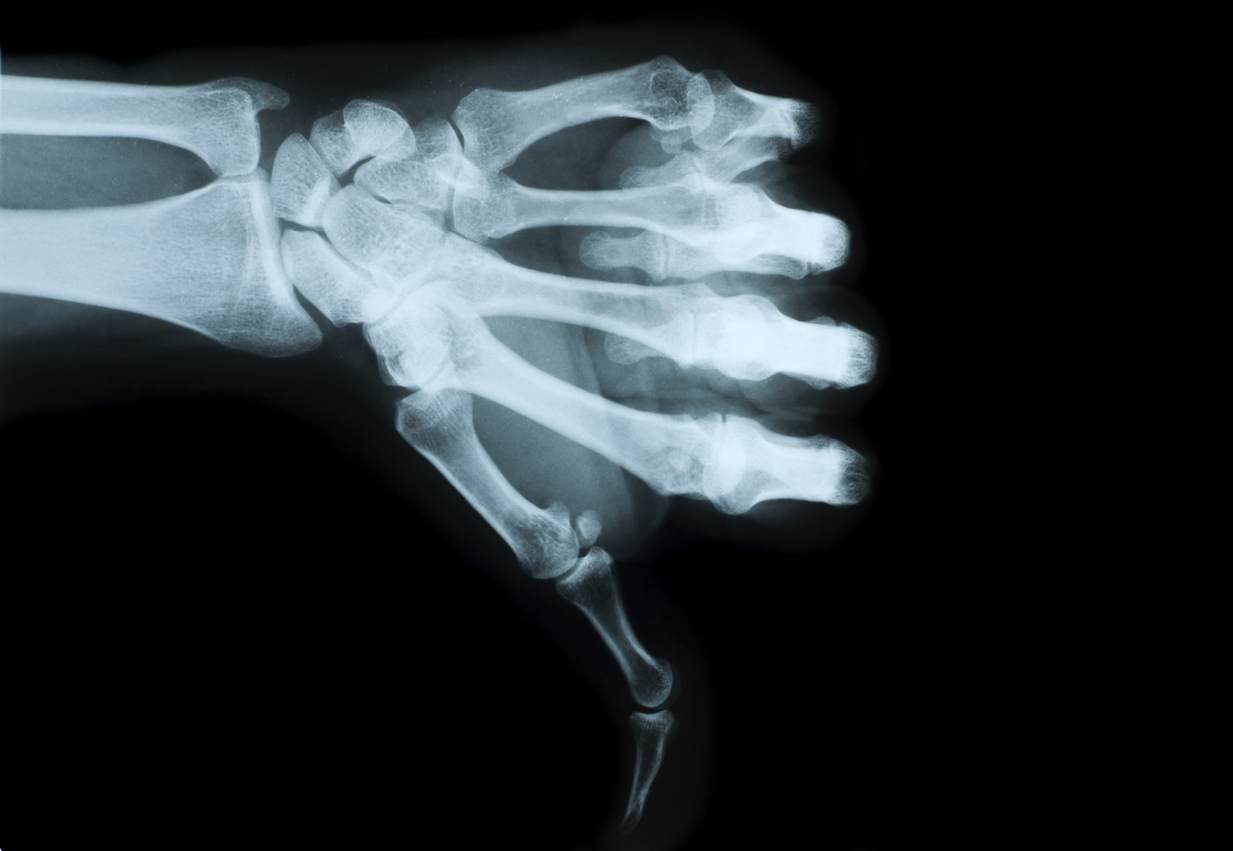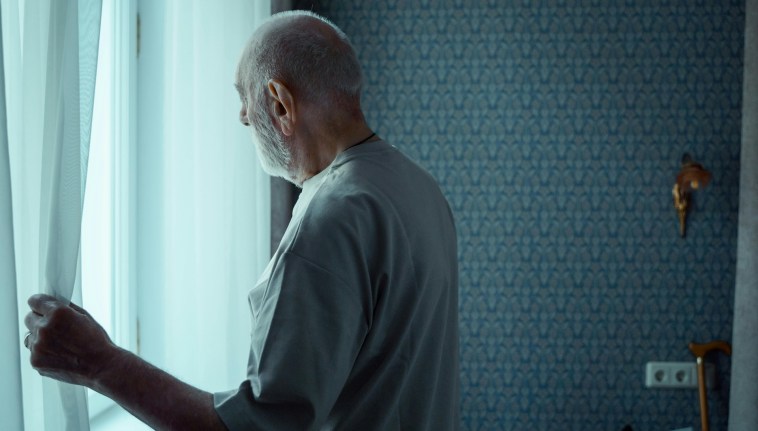Seventy years ago this week, a revolutionary institution was born. As the leaflet that announced the formation of the National Health Service avowed, “Everyone – rich or poor, man, woman or child – can use it or any part of it.” With that pledge the NHS became, in the words of its architect Nye Bevan, the “envy of the world”.
But few of us can expect to remain strong over seven decades. The NHS is facing the toughest tests in its history, with an ageing population, increasing demand and ever more pressure on budgets. Our NHS at 70 series takes a deeper look at the current state of our National Health Service as it enters its seventh decade.

The Big Issue: How can the problems with the NHS be fixed?
Ben Gershlick: There is no quick fix for these issues. This is firstly as there may not be a problem to ‘fix’ – the population growing, ageing, and living on with conditions they may have died of 70 years ago is in many ways a good news story. And with that comes increased pressure on the health service due to the prevalence of certain long-term conditions associated with age, as well as a bigger population needing to use the service. The amount required to keep pace with these and similar demands is about 3.3 per cent a year – less than the 3.7 per cent that the NHS has historically received, so not unsustainably expensive by any means.
Why are we making more visits to hospitals than ever before?
This is partly as the probability of receiving elective [non-emergency, scheduled] treatment has increased at every age above 30, with particularly large increases at the oldest ages. This reflects a greater willingness and ability of the NHS to treat sicker individuals even for non-emergency surgery. Increases in the prevalence of diabetes and related conditions have led to a large rise in admissions for metabolic diagnoses. There has also been a large increase in admissions for infectious diseases, mostly due to an increase in the incidence of septicaemia. Activity in other areas, such as pregnancy and mental health or behavioural conditions, has meanwhile grown at a much slower rate.










